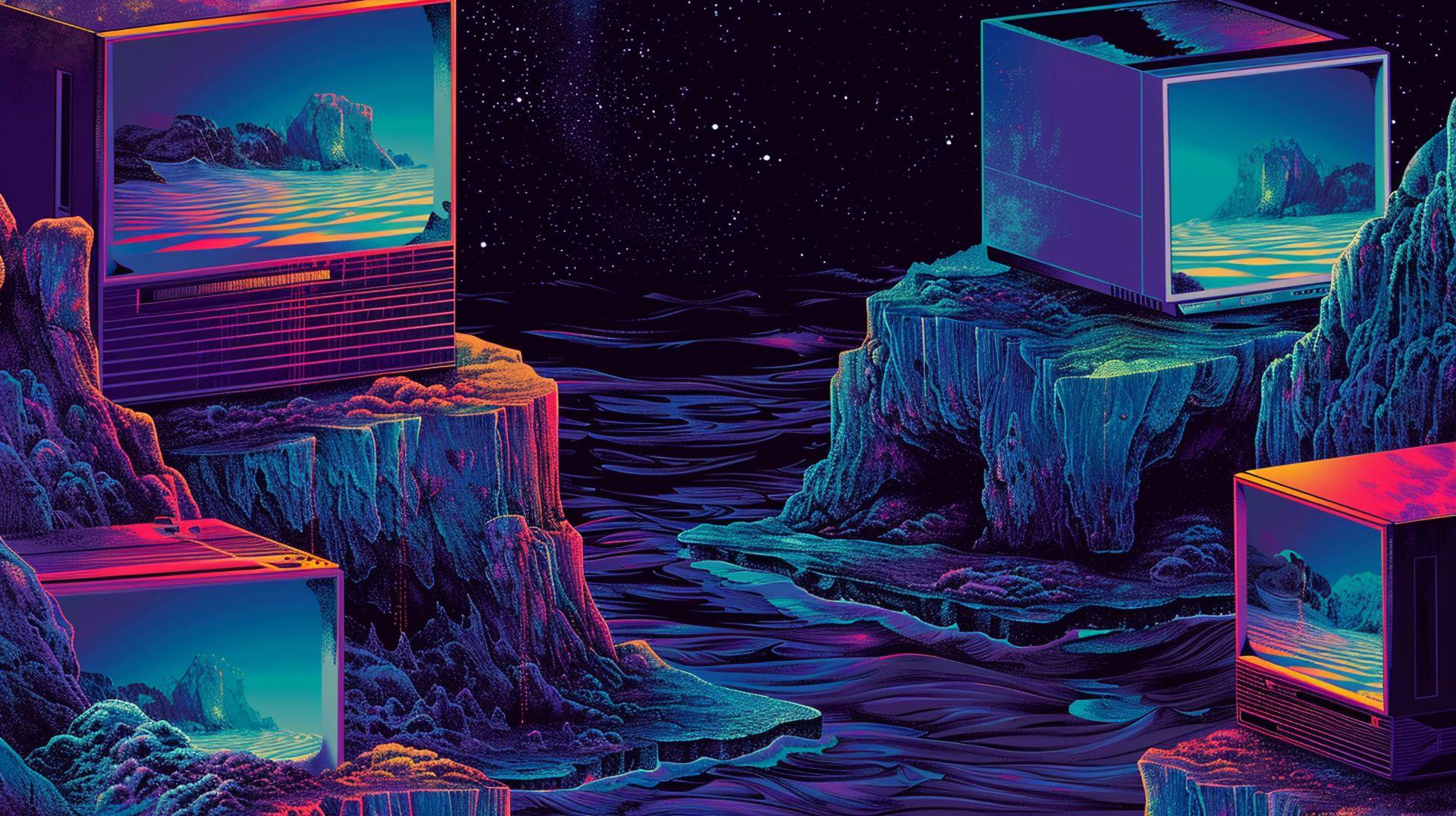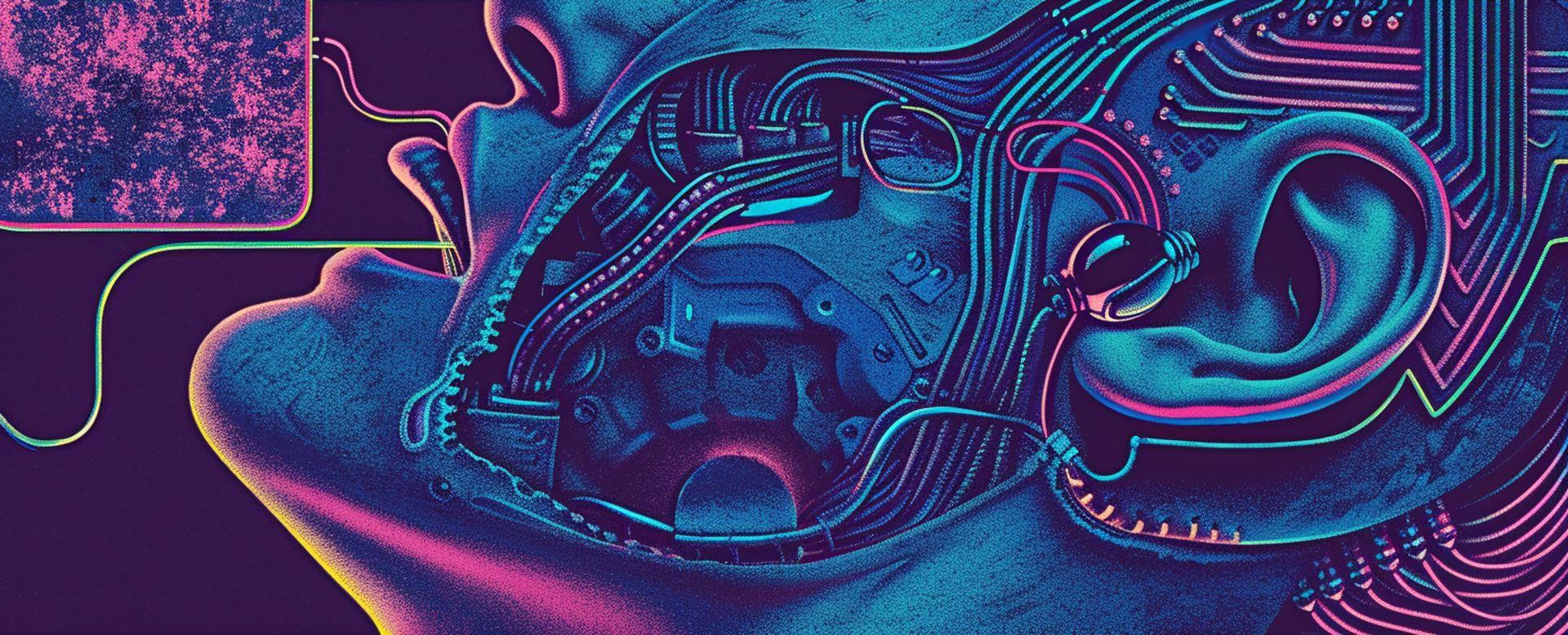Ever find yourself asking ”is it AI-generated or not” while looking at a mesmerizing scene you saw on the internet?
Remember Alan Turing and his famous test to tell if a machine could think like a human? Well, we are in for a whole new level of confusion nowadays. Artificial intelligence is getting so good, that it’s playing tricks on our senses.
The astonishing progress artificial intelligence made, particularly within natural language processing, video synthesis, and audio generation, has reached a critical juncture.
Just remember: Early last year, we were marveling at ChatGPT’s groundbreaking text-generation abilities. The rapid pace of competitive development has since led to a degree of… let’s call it an enthusiastic overstatement.
Midjourney, Sora, Gemini – you name it! Technology is reaching unprecedented heights nowadays and AI’s generative capabilities extend far beyond basic text, pushing us to confront a profound question: Is it AI-generated or real?
Is it AI-generated or real?
Platforms like “AI Guess It” embody this perceptual dilemma. By presenting users with two videos – one for a real video and the other for an AI simulation – they highlight the remarkable realism these AI models can achieve. No longer limited to mimicking celebrities or public figures, like those pesky deep fakes, they can portray seemingly ordinary people and everyday scenarios with deceptive accuracy.

AI Guess It delivers a powerful demonstration of how AI challenges our perception. The website’s simple format – two videos, your choice, a final score – provides a tangible measure of your discernment (or lack thereof!).
A result like our 7/10 forces us to confront a sobering question: Is it AI-generated?
Eyes can’t be trusted, but what about ears?
The auditory domain presents the parallel challenge we had while trying to answer whether is it AI-generated or real questions.
Projects such as “Daily Podcasts by Perplexity” generate podcasts hosted by artificial voices. Though possessing technical proficiency in language structure and pronunciation, these AI voices lack the nuanced inflections and expressiveness that typify human speech.
Their delivery, while perhaps factually accurate, often borders on the monotonous, raising doubts about the nature of the speaker. Nevertheless, the underlying question remains: Is it merely an unengaging speaker, or a sophisticated computer program?

Machines speak machine
The implications extend far beyond mere entertainment. As AI-generated content becomes increasingly indistinguishable from the authentic, our trust in the information we consume faces an unprecedented test. The ability to manipulate and distort seemingly ordinary communications – from emails and social media posts to news reporting – raises profound ethical concerns. We are forced to confront a future where the line between truth and fabrication is worryingly indistinct.
However, amidst this is it AI-generated or not questions, there’s a glimmer of hope.
AI detection tools are emerging to address the complexity of this issue. Google’s reference to DeepMind’s SynthID highlights the potential for technologies that delve beyond surface-level analysis. By scrutinizing subtle patterns, and identifying telltale traces embedded within the content, these tools could offer insights the human eye might miss.
Don’t you think there’s a delicious irony in the fact that we’re turning to yet another AI algorithm to try to answer the question: Is it AI-generated or real? In our quest to distinguish between the authentic and the simulated, we rely on the very technology that’s blurring those lines in the first place.

The blurring lines
The days of relying on our senses alone to determine what’s real are fading fast. We’re heading towards a world where human experience and simulated ones become interwoven, creating a complex hybrid reality.
Whether is it AI-generated or real, AI-generated content could become our collaborator for boundless expression and the creation of fantastical worlds and experiences.
Simulated experiences could provide accessibility for those with disabilities, expand educational opportunities, and allow people to “try on” different lives or perspectives. Who knows, maybe we will find ourselves looking for the answer to the question is it AI-generated or real.
Yet, alongside these, there’s always the danger of slipping too far into the simulated, where manufactured emotions and artificial connections might displace real human bonds. It’s a future with both immense potential and daunting challenges, requiring us to evolve alongside the technology we create.
Featured image credit: Kerem Gulen/Midjourney.






